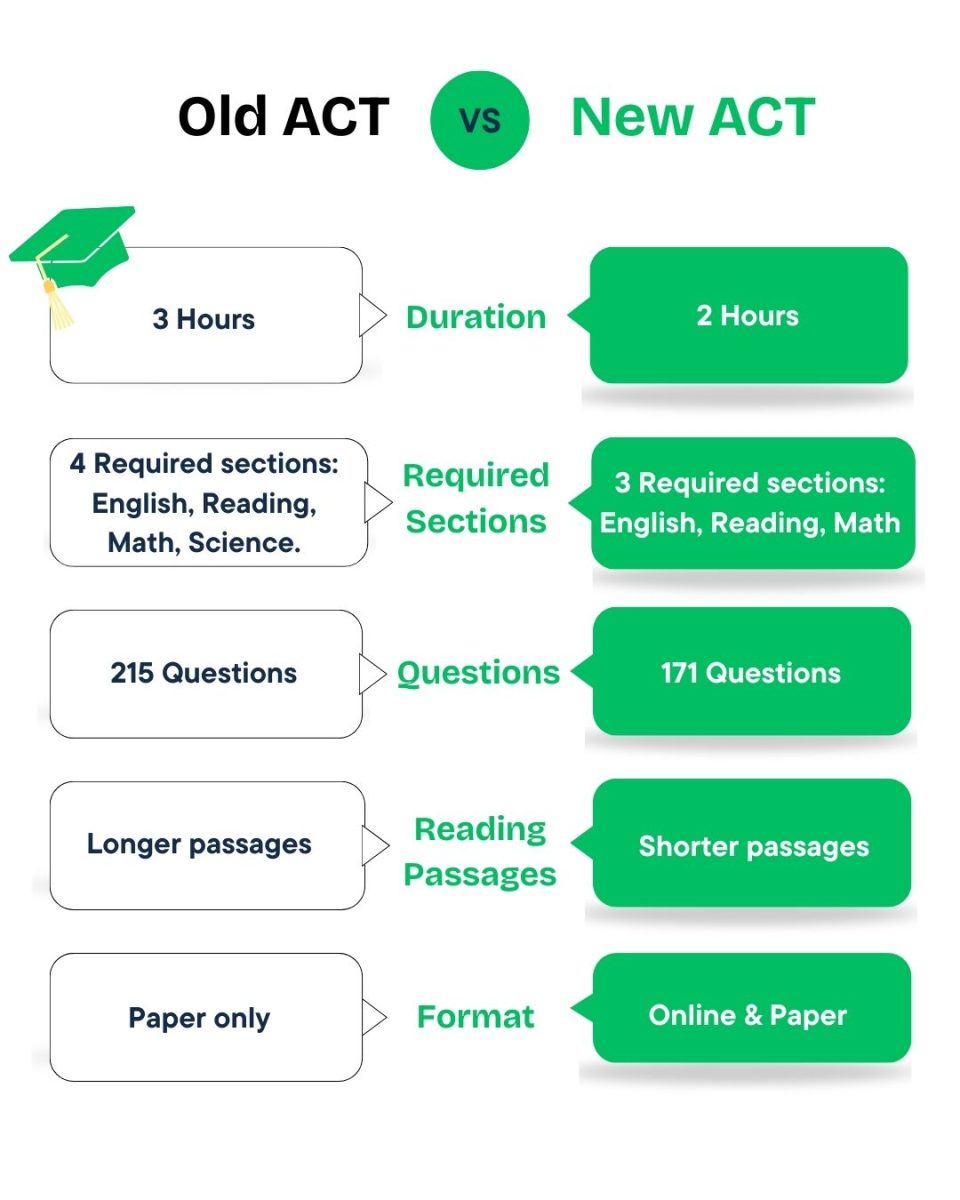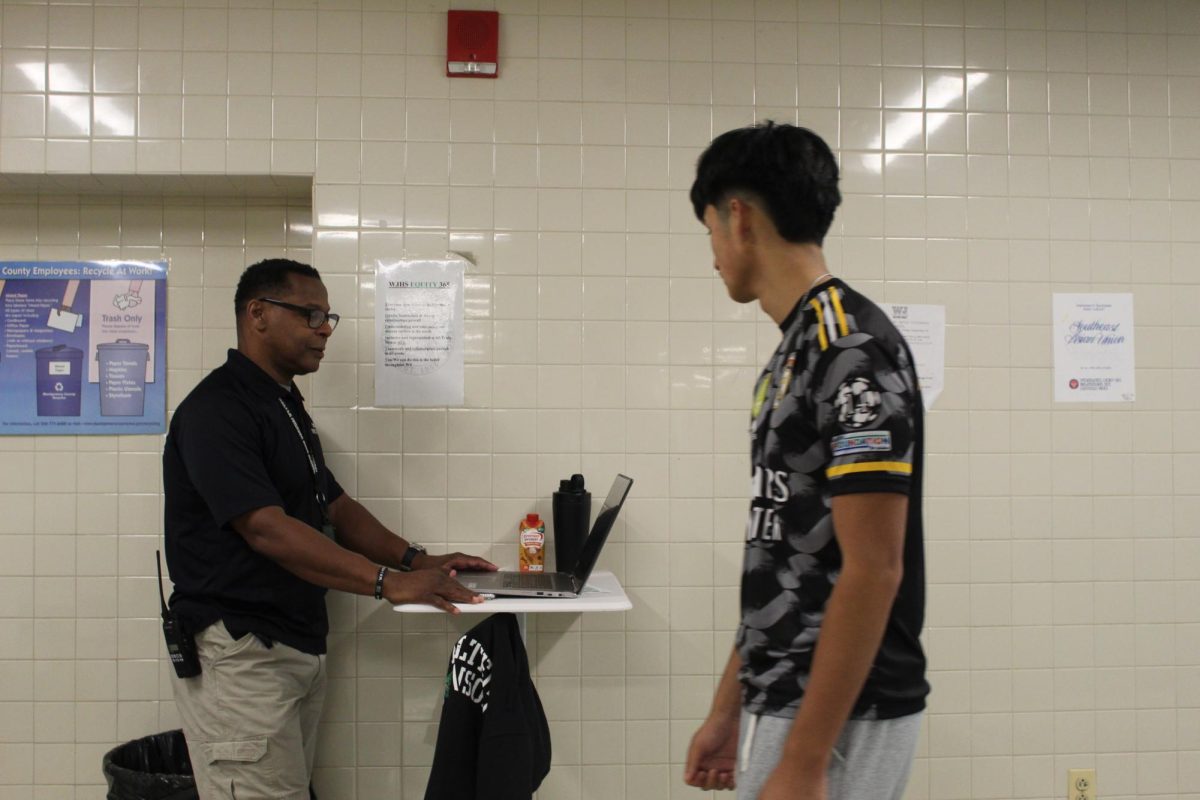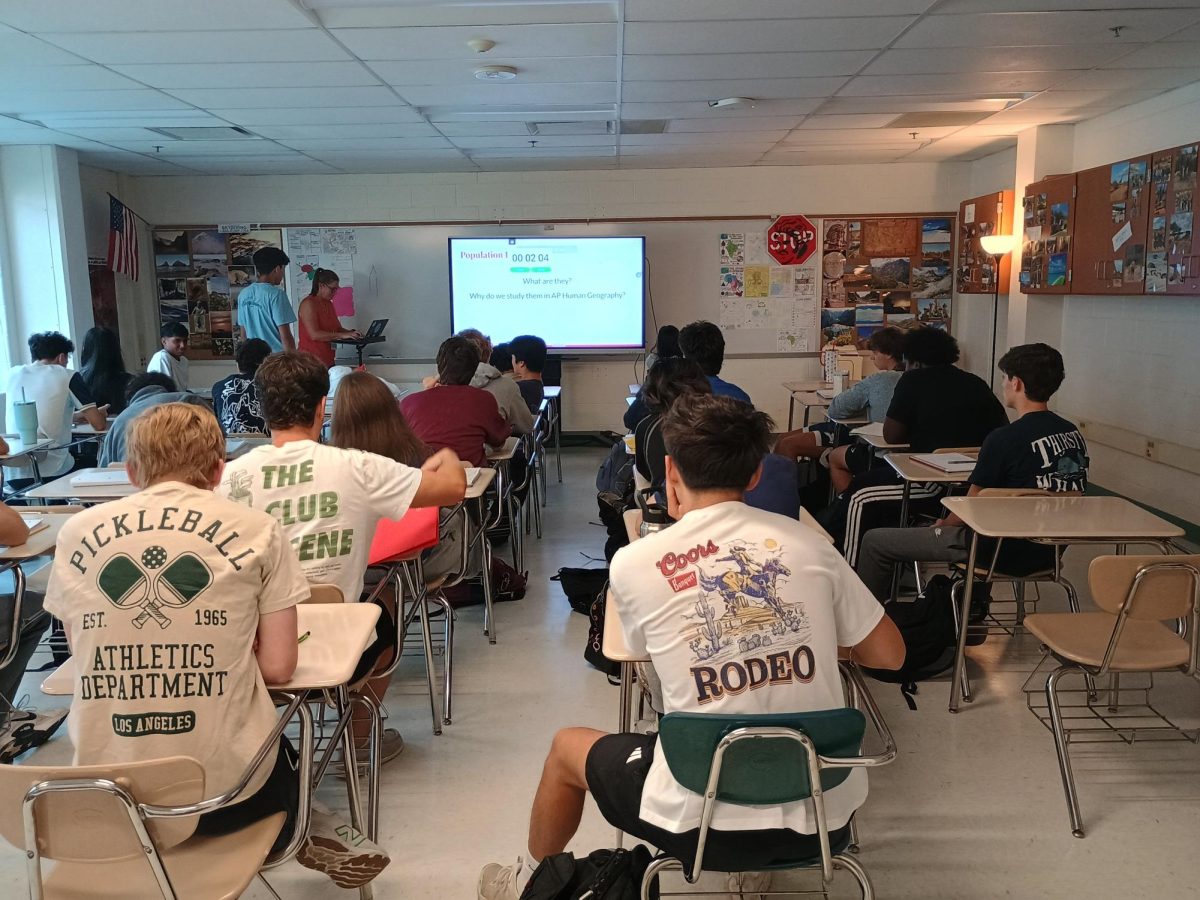As marking periods come to a close, it’s not uncommon for desperate students to reach out to teachers to appeal a test result or ask for a one to two percentage bump up to the next letter grade. But at the end of the most recent quarter, teachers were overwhelmed by the sheer number of students coming to ask for help.
“That last week when they know what their grade’s gonna be, I have a lot of students coming at me at once. I want them to care about it all nine weeks, not just the last week. It’s a little irritating, my patience wears thin when I have 20 kids coming at me the same day, asking for favors,” English teacher Ann Cullen said.
The Montgomery County Public School system has a long list of policies and protocols for dealing with students’ grades. These include the “fifty percent rule”, which dictates that assignments turned in by students may receive no less than fifty percent credit, the rounding up of quarter grades for the final semester grade – such as an “A” and a “B” being regarded as an “A” -, and the rounding up of borderline letter grades – for instance, an “A” can be earned with a 89.5% or above. More recently, in 2015 the Board of Education directed schools to transition away from a final exam format and instead implement quarterly progress checks worth 10% of a student’s grade.
However, it is also recognized that sometimes a more subjective approach must be taken in order to properly evaluate a student’s performance. A countywide grading memo updated in 2017 detailing countywide grading policies notes that “when a teacher has evidence that a student demonstrates a different level of performance than a calculated marking period grade indicates, the teacher may force the grade with consultation with an administrator and approval from the principal.”
In this exception, an opportunity is created for students to work with their teacher with the hope that they may “bump” up their grade to the next level, even if that grade is not reflected in their final average in the class. At the same time, it opens up the possibility for misuse and corruption of the system, and significant straining of the teacher-student relationship.
“One student had a 68 and wanted a bump, but he didn’t do the homework and had his phone on a lot in class and never came for help and was often late, and so that’s a clear boundary for me. He wasn’t too happy about that, and he sent me a rather nasty email about it,” Cullen said.
English teacher Joshua Fullenkamp views the friction between students’ grades and the grades they wished they received in their classes to be at least in part due to unwarranted attitudes regarding their academic achievement.
“It’s not all of them, many are very respectful, but there are some who are very expectant, meaning they expect to get what they want. And the idea that they’re not gonna get it is kinda beyond them,” Fullenkamp said.
Students as well as teachers have had their own deal of frustration regarding the mediation of grades. Junior Vera Nigamatova appealed to an art teacher for a half a percent grade bump, but ultimately was unable to acquire the additional points necessary to move up to the next letter grade.
“I think in order to have a retake or your grade being bumped up you really have to have a really good relationship with the teacher, and really show that you take a lot of effort in the class,” Nigamatova said. “I feel like that was the mistake [with] what I did with my art teacher… I didn’t give off a very positive attitude towards her and I think that’s one reason she didn’t bump up my grade.”
Some teachers view this larger pressure as a result of an overarching sentiment about the importance of obtaining high grades to impress colleges or places of future employment.
“I think that the nature of the larger system is one that puts a lot of pressure on grades and test scores for where kids want to go next, whether it’s a job, military, college. If people are looking at the bottom line then they say ‘I need to get the good grade, the good score’. And I think that results in a focus away from ‘let me learn and understand it’ to ‘let me learn it so I can do well on this test’,” social studies teacher Theisen Healey said.





















